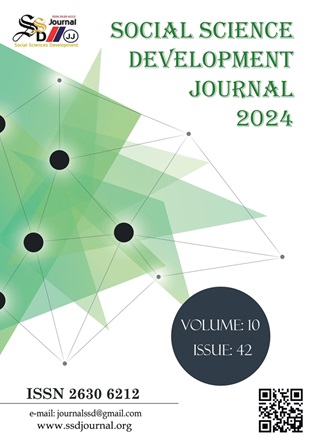THERMAL RUNAWAY AND SAFETY MEASURES IN LITHIUM-ION BATTERIES: A REVIEW
DOI:
https://doi.org/10.31567/ssd.1146Keywords:
Lithium, Lithium-ion, Battery Fire, ExtinguisherAbstract
The article provides detailed information about Li-ion batteries and their thermal runaways. Li-ion
batteries are a widely preferred type of rechargeable batteries. However, thermal runaways can
occur in cases such as overcharging, overheating, or manufacturing defects. This situation can lead
to the battery exploding or catching fire due to internal short circuits or chemical reactions of
electrolytes.
Therefore, fire extinguishers are important for the safety of Li-ion batteries. Different extinguishing
agents such as water-based, foam-based, dry chemical powder, CO2, and HFC-227ea can be used.
Each extinguisher has its advantages and disadvantages. For example, water-based extinguishers
have the ability to cool down the fire but can be dangerous when in contact with electricity. Foam-based extinguishers are effective in Class A and B fires, but providing full coverage for Liion batteries can be challenging. CO2, while safe for electrical fires, is not an ideal solution for Liion batteries as its cooling capacity is low.
Finally, the water-based vermiculite dispersion (SVD) fire extinguisher is recommended for
effectively extinguishing Li-ion battery fires. This extinguishing agent is effective in Class A and D
fires, environmentally friendly, and contains the mineral vermiculite. SVD can successfully
extinguish Li-ion battery fires and provides a safe solution for the environment.




